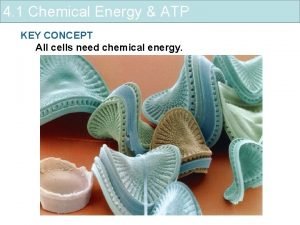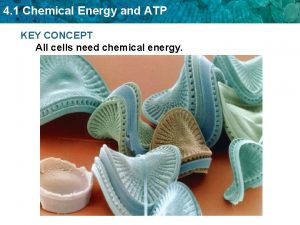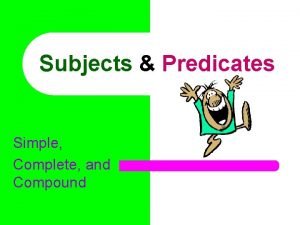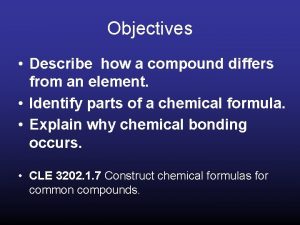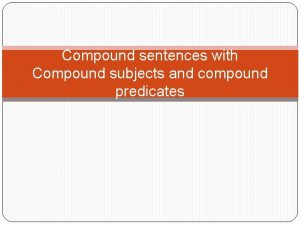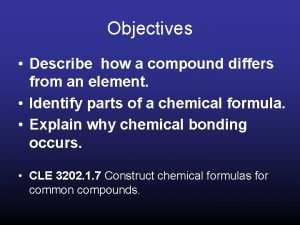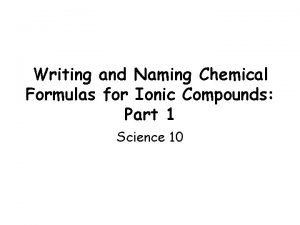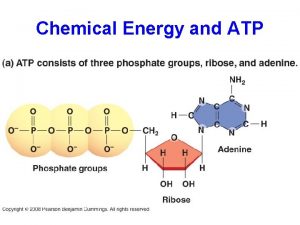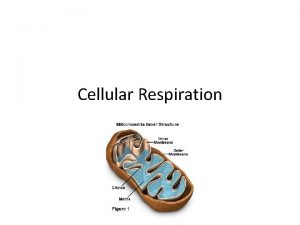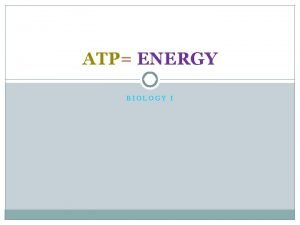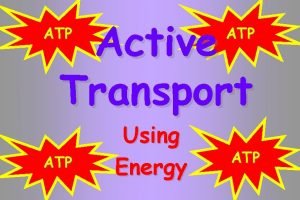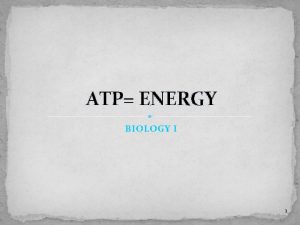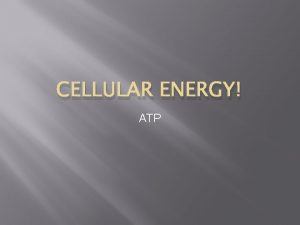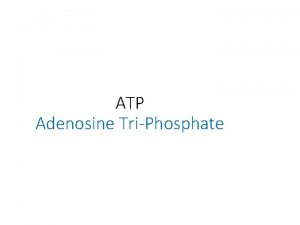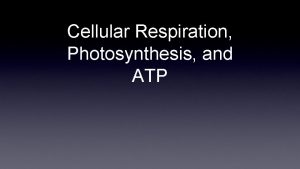What is ATP ATP is a chemical compound









- Slides: 9

What is ATP? • ATP is a chemical compound responsible for producing energy for work, which is provided by our diet. • When ATP is broken down, energy is released. i. e. ATP → ADP + P ↓ ENERGY • There are small amounts of ATP stored in all muscle cells, but only enough to provide energy for a few seconds of work. Stored glycogen must be broken down to provide working muscles with a regular supply of ATP.

THE THREE ENERGY SYSTEMS ATP – CP Creatine Phosphate (Anaerobic) 1 -15 secs Oxygen is not present Anaerobic glycolysis Up to 3 mins Aerobic Oxygen is present

Energy System Duration Source ATP - CP Immediate 1 -15 seconds CP in muscles Anaerobic Glycolysis (lactic acid) Short term Up to 3 High minutes intensity Glycogen Lactic acid Carbohydrates produced Aerobic Long term Low intensity Carbohydrates ATP and then fats replenished with o 2 Unlimited

How do these energy systems interrelate with one another? 1 st Gear (ATPCP) + Needed to get you going in a hurry - You can’t go very far 2 nd Gear (Anaerobic glycolysis) + Will keep you going for longer until you move into the next gear 3 rd Gear (Aerobic) + Can continue for longer periods of time - Can only run in this gear when the engine (heart) and radiator (lungs) are providing fuel (O 2) to the car (body/muscles)


Energy systems in volleyball What energy system(s) would be used in volleyball? When are they used?

Long Term Effects of Exercise Circulatory System Increase in red blood cells Muscle around heart gets bigger, thicker stronger walls Increase in heart volume More oxygen to the working muscles for aerobic energy production More blood pumped around the body per minute and more oxygen to muscles Resting heart rate and exercise heart rate decrease Heart rate returns to normal sooner More efficient at doing its job

Long Term Effects of Exercise Respiratory System and Exercise Respiratory muscles increase in strength (diaphragm/intercostal muscles) Larger respiratory volume, more oxygen into lungs and into the blood Increase in number and size of capillaries at alveoli = greater diffusion of oxygen and carbon dioxide Breathing rate slows down

Long Term Effects of Exercise Muscle • Muscles are larger are stronger Can cope with additional stress put through them. • Receive more blood and therefore oxygen • Increase number of mitochondria = increase in rate of energy production • Increase in myoglobin = more oxygen stored in the muscles. • More flexible • Muscle memory
 Is atp chemical energy
Is atp chemical energy Is atp chemical energy
Is atp chemical energy Subject compound
Subject compound A compound differs from an element in that a compound
A compound differs from an element in that a compound Simple, compound-complex rules
Simple, compound-complex rules Complex predicate examples
Complex predicate examples Pauline and bruno have a big argument
Pauline and bruno have a big argument A compound differs from an element in that a compound
A compound differs from an element in that a compound Writing and naming chemical formulas
Writing and naming chemical formulas Bro chemical name
Bro chemical name
